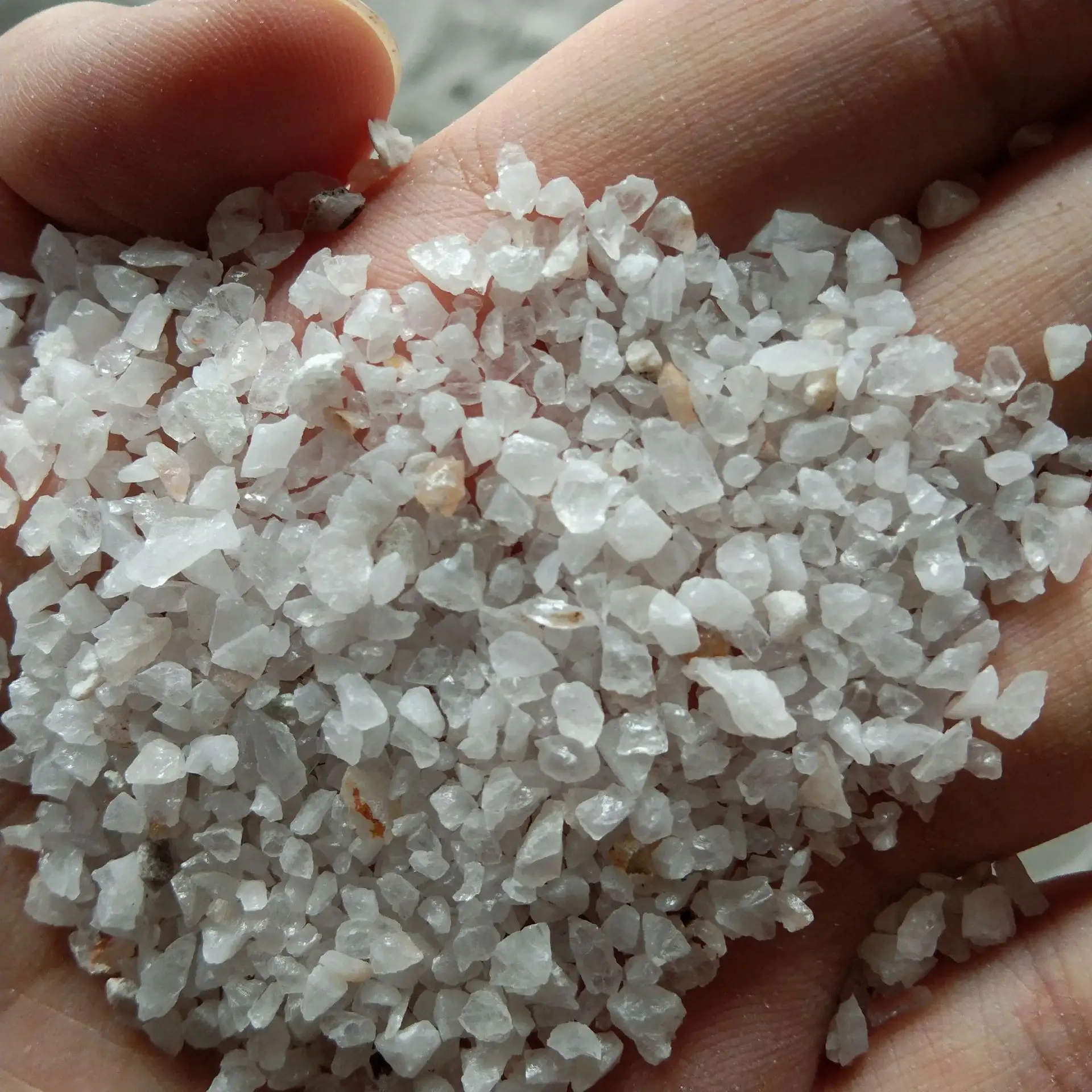
Exploring the Versatility and Applications of Red Oxide Pigment in Various Industries
Red Oxide Pigment An Overview
Red oxide pigment, composed predominantly of iron oxide, is a vibrant hue that has been utilized in various applications for centuries. Known for its exceptional stability and durability, this pigment serves as an important component in industries ranging from construction and manufacturing to art and cosmetics.
Composition and Properties
The primary component of red oxide pigment is ferric oxide (Fe2O3), which is responsible for its striking red color. This natural pigment is derived from iron ores that are processed and finely ground to achieve the desired consistency. Red oxide exhibits remarkable resistance to fading, making it an ideal choice for outdoor applications where exposure to sunlight is inevitable. Additionally, it boasts excellent hiding power, allowing it to effectively cover underlying surfaces.
Red oxide pigments can vary slightly in shade, ranging from bright red to deep maroon, depending on factors such as the processing methods and the purity of the source materials. The versatility in color makes it suitable for a wide array of applications, appealing to designers and manufacturers alike.
Applications in Various Industries
One of the most significant uses of red oxide pigment is in the construction industry. It is commonly incorporated into paints, coatings, and surfacing materials due to its durability and aesthetic appeal. The pigment’s ability to withstand harsh weather conditions without losing its color or integrity makes it a popular choice for exterior surfaces, including buildings, fences, and other structures.
red oxide pigment

In addition to construction, red oxide pigment is widely used in the production of ceramics and pottery
. Artists and manufacturers often use it for glazes and finishes, enhancing the visual attractiveness of their products. The pigment's non-toxic nature also makes it a safe option for items intended for food use, provided it meets local safety standards.Moreover, red oxide pigment has found a place in the automotive industry. It is used in undercoatings and paints that protect vehicles from rust and corrosion. Its ability to bond well with other materials and provide a robust protective layer has made it a staple in automotive manufacturing.
Environmental Considerations
As the push for environmentally friendly products continues, red oxide pigment has gained attention for being a naturally occurring material. Unlike some synthetic pigments, red oxide does not introduce harmful chemicals into the environment. This characteristic aligns well with the growing trend towards sustainability in various industries.
However, it's essential to note that the mining and processing of iron ores must be conducted responsibly to minimize environmental impact. Companies that utilize red oxide pigments are increasingly looking for sustainable sourcing and eco-friendly practices to further reduce their carbon footprint.
Conclusion
Red oxide pigment is a multifaceted material that showcases the intersection of functionality and aesthetic appeal across numerous industries. Its robust properties, combined with its natural origins, make it an attractive option for environmentally conscious manufacturers and artisans. As innovation continues to evolve and sustainability becomes a critical focus, red oxide pigment is poised to maintain its relevance and popularity in both creative and industrial applications. Whether used in paint, ceramics, or coatings, red oxide will undoubtedly remain a beloved hue, embodying both tradition and modernity in the world of color.
Share
-
Natural Premium Bentonite Cat Litter - Superior ClumpingNewsJul.31,2025
-
Premium Resin Coated Sand - High Heat Resistance CastingNewsJul.31,2025
-
High Quality Silicon Carbide Grit for Abrasive ApplicationsNewsJul.30,2025
-
High-Quality Ceramsite for Plants & Gardening | Lightweight PebblesNewsJul.29,2025
-
Premium Burgundy Glass Marbles for Vases & Shooter GamesNewsJul.29,2025
-
High Purity Quartz Sand for Industrial and Ground ApplicationsNewsJul.29,2025






